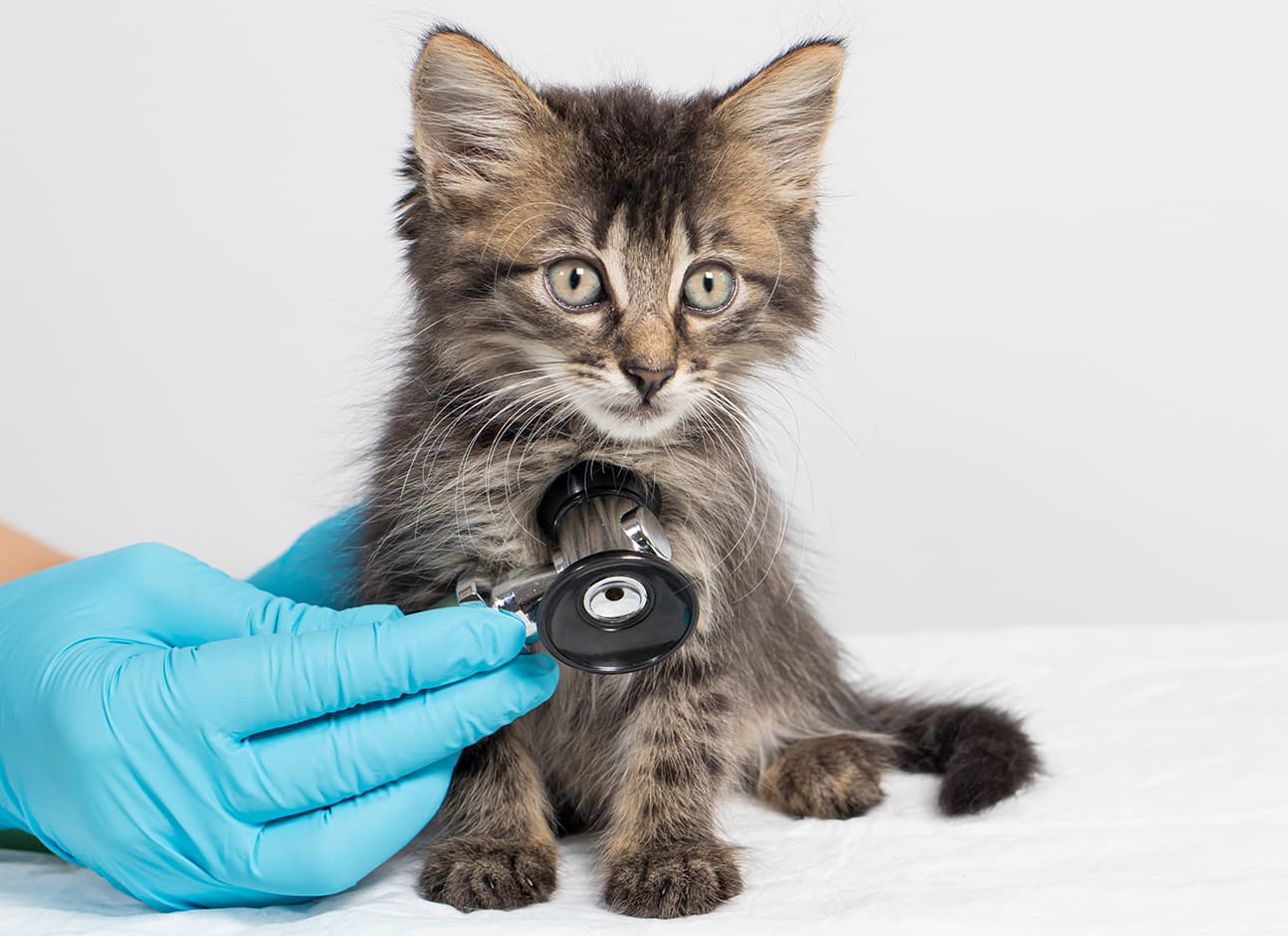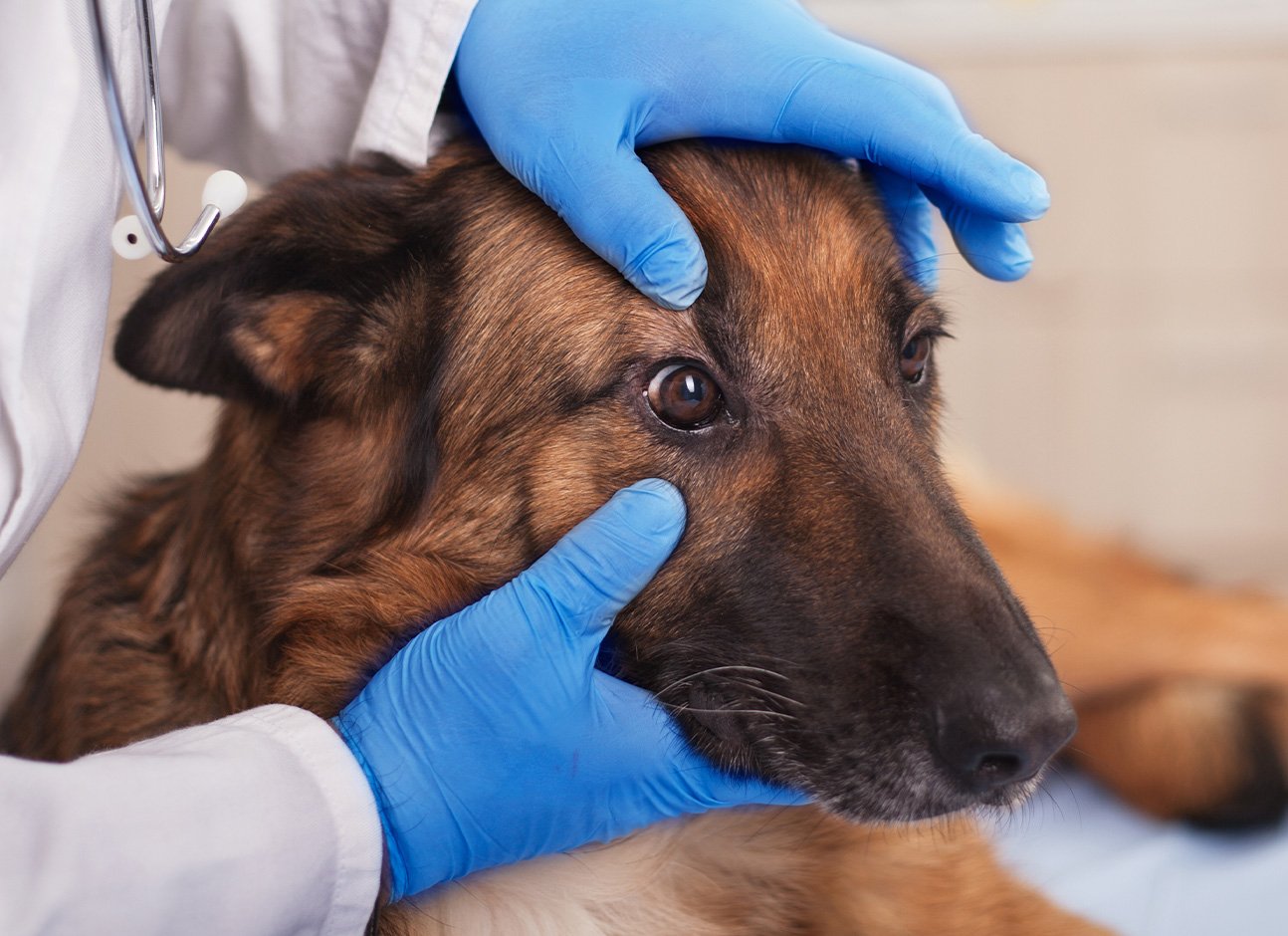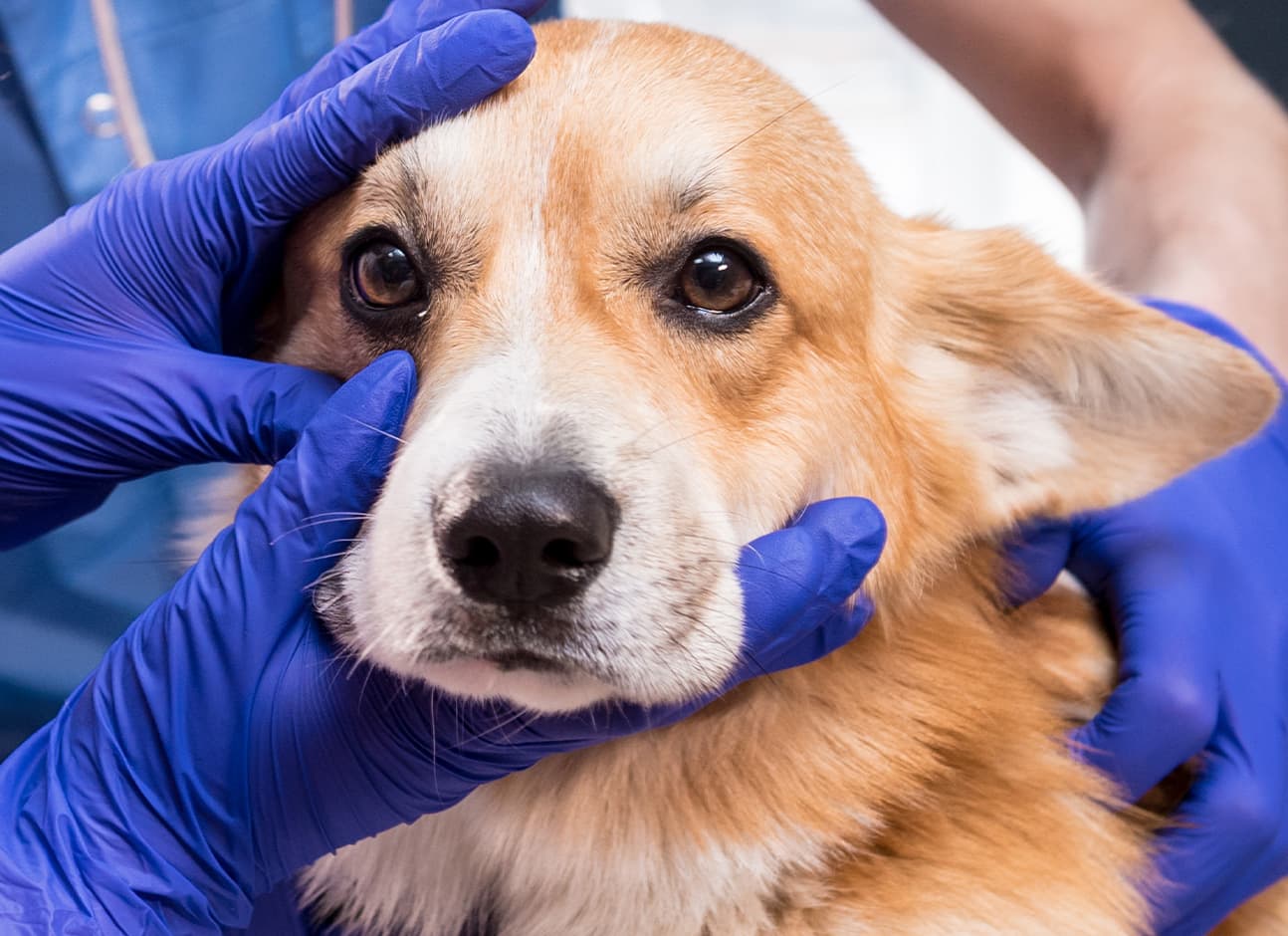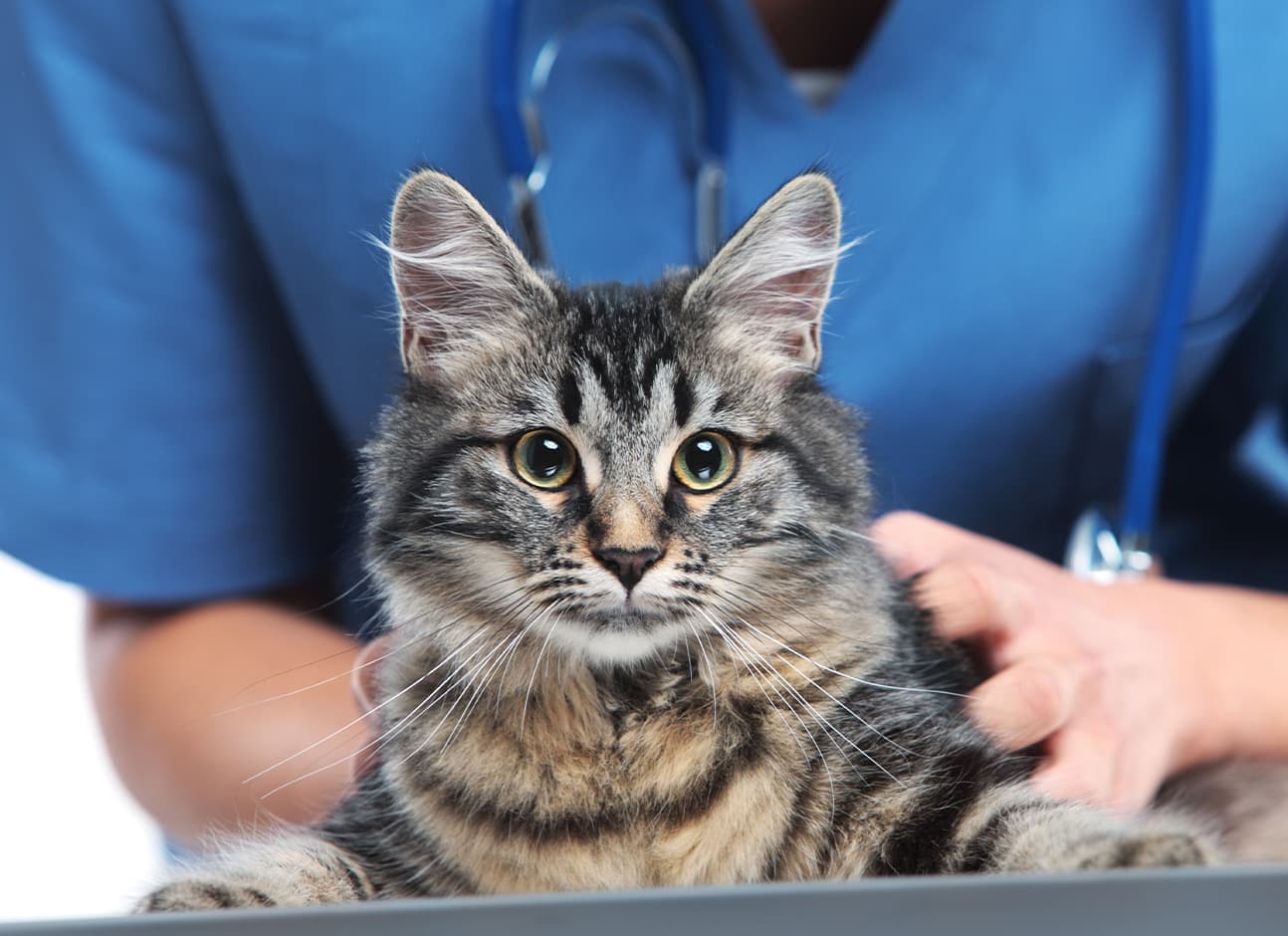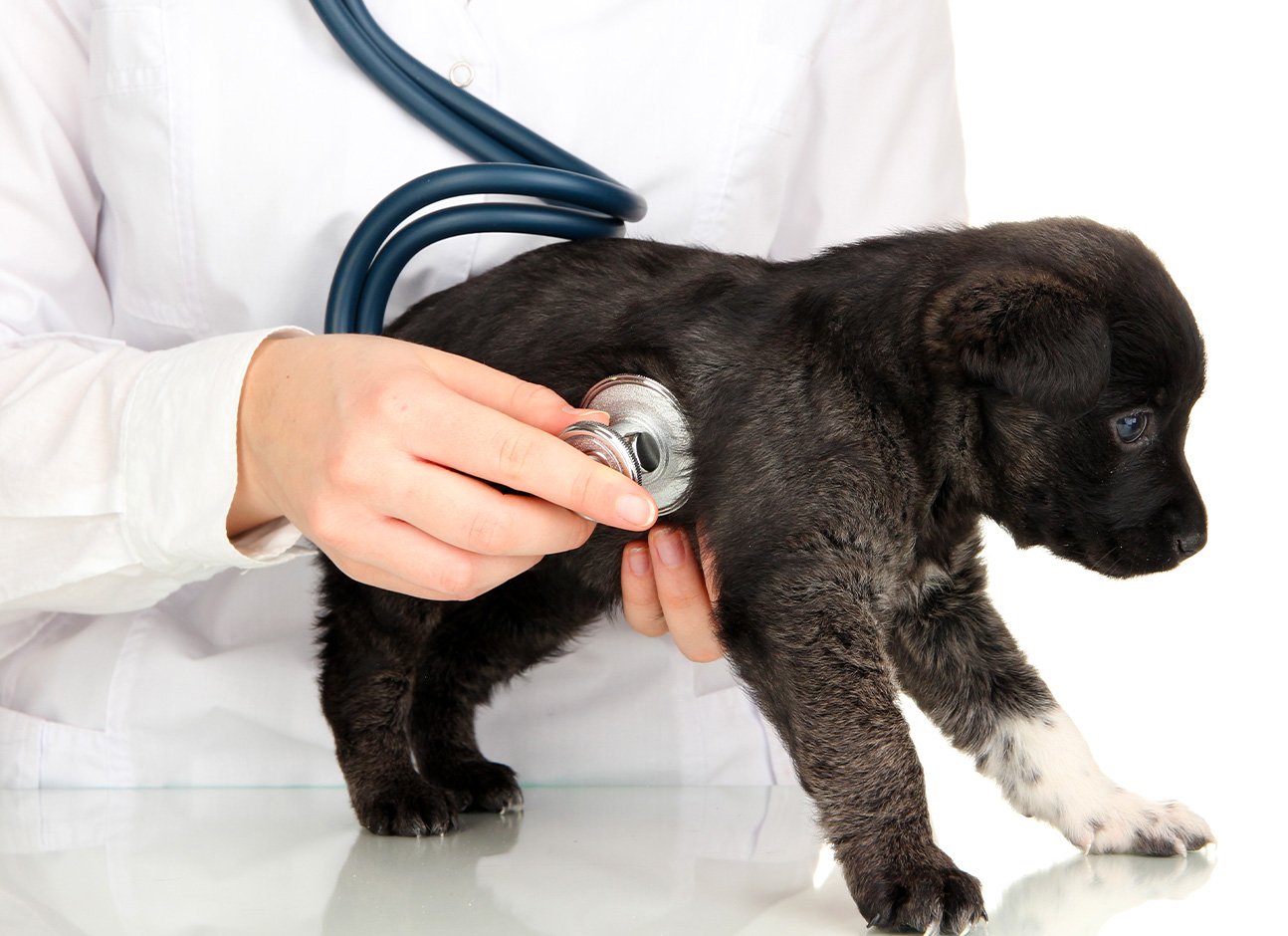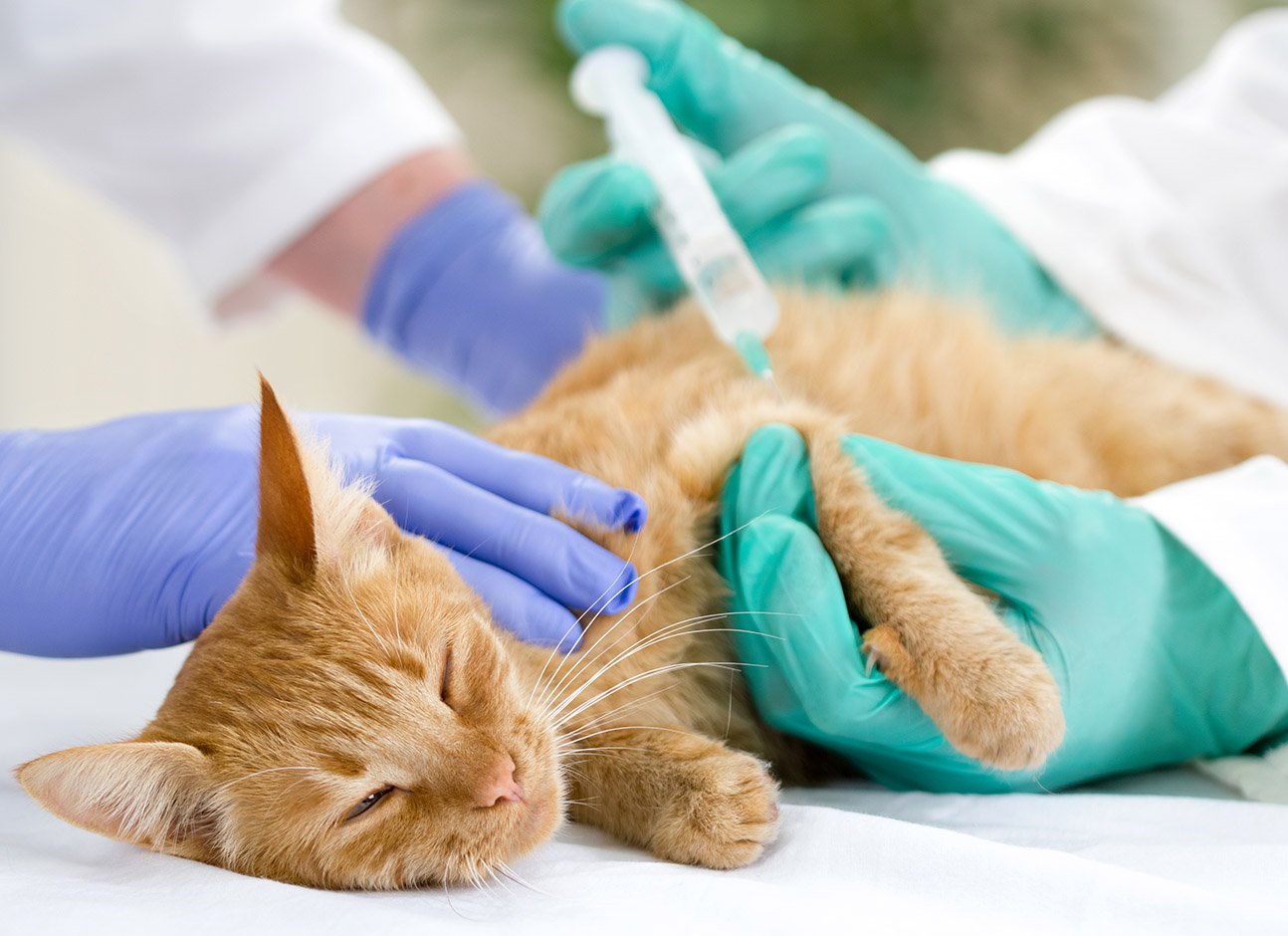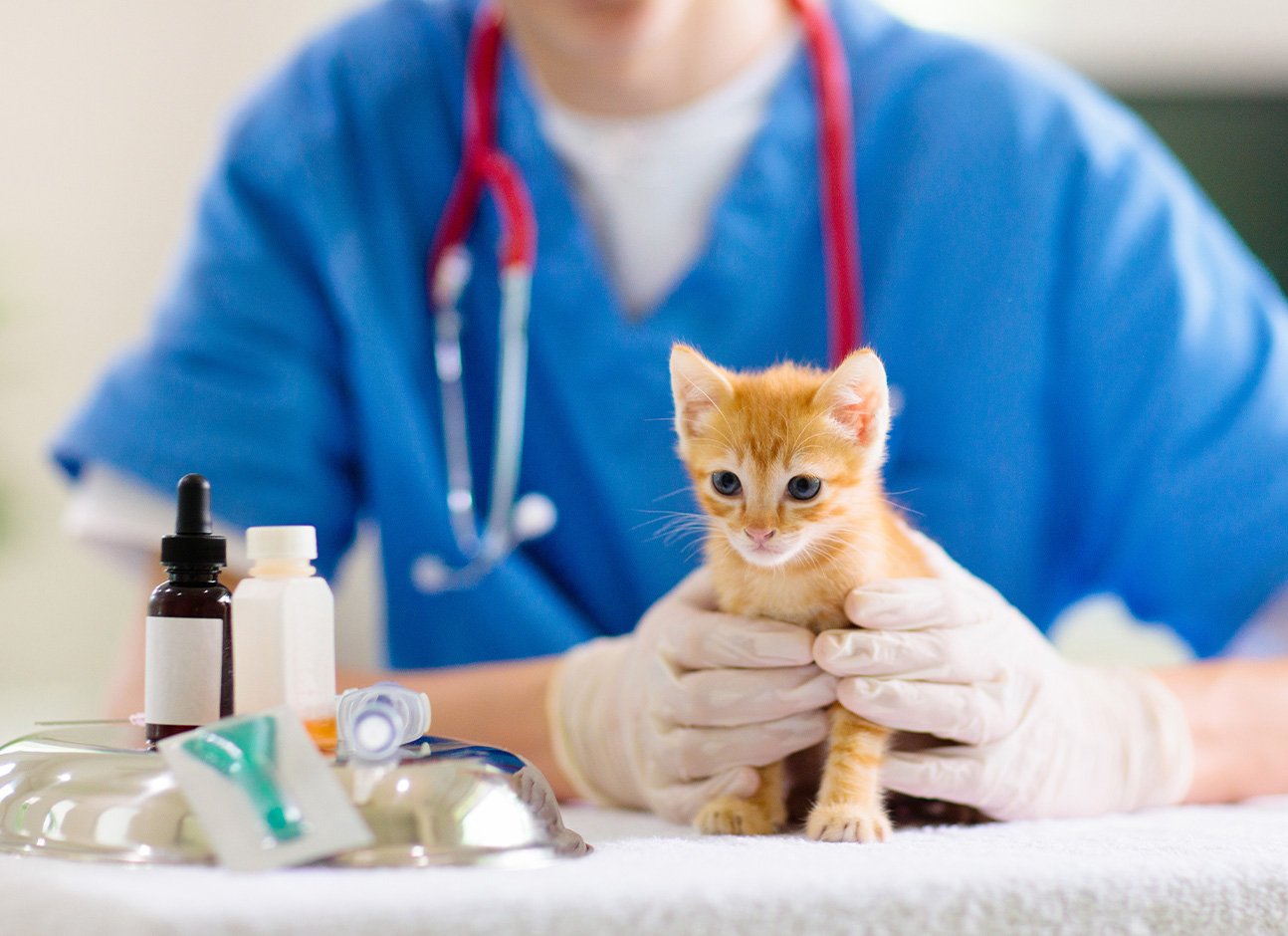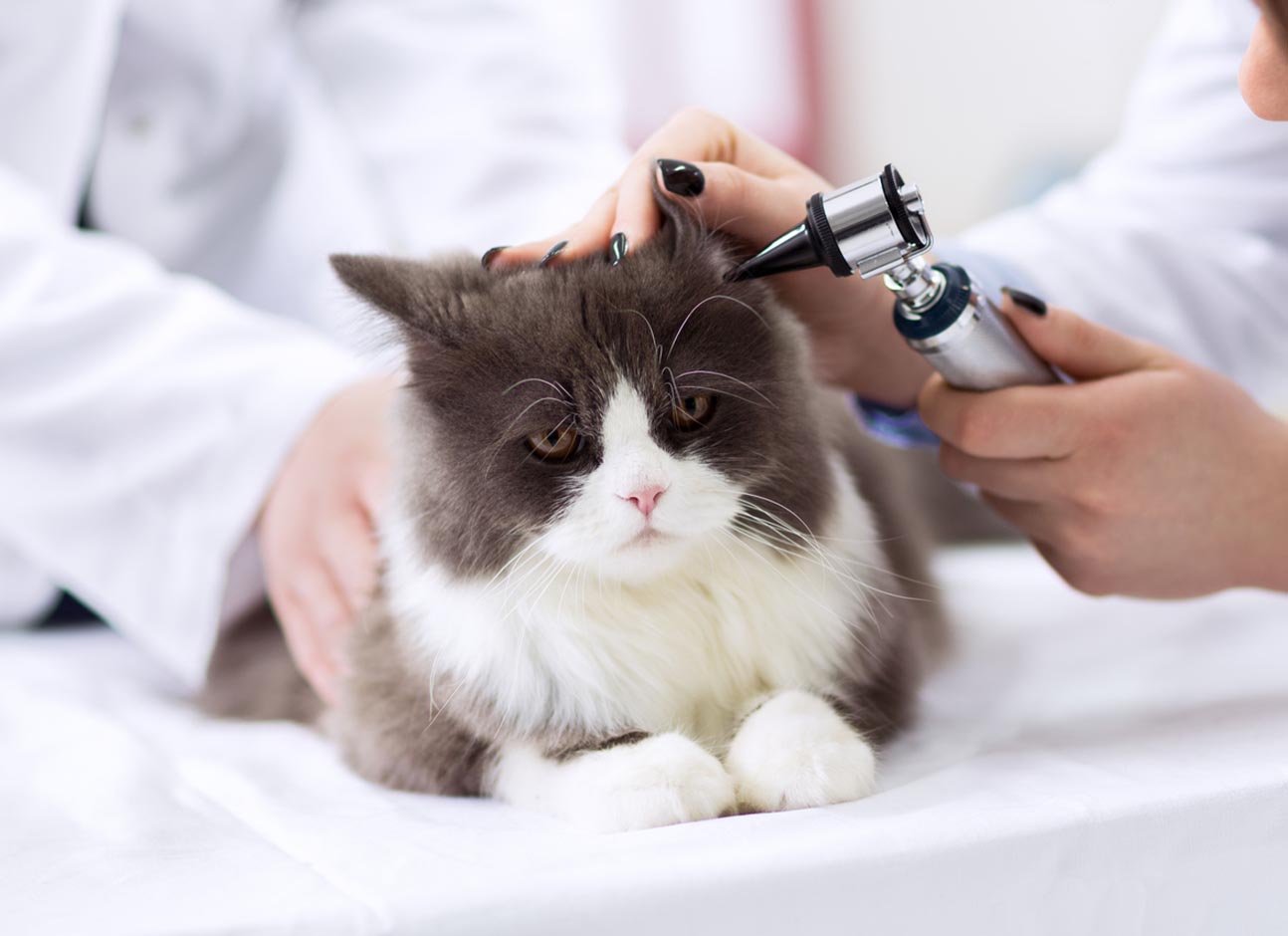- Updated: 27 Nov 2025
VOMITING IN CATS
Vomiting is a common problem among cats. However, it is not normal and has a number of causes. Cats may also regurgitate as a result of eating too much or too fast.
- Updated: 27 Nov 2025
COUGHING IN CATS
Although cats do cough like dogs and other animals, coughs are relatively uncommon among the feline population. Cats usually cough in response to foreign matter in their respiratory system, an inflamed or irritated...
- Updated: 27 Nov 2025
COUGHING IN DOGS
It is not easy to watch your pet get sick especially since they cannot verbally express their discomfort like we do. Much like their humans, dogs also experience coughing in their lifetime. While...
- Updated: 26 Nov 2025
GLAUCOMA IN DOGS
Glaucoma is the accumulation of fluid in the eye which puts increased pressure on it, eventually leading to loss of vision. Just like humans, dogs can also develop glaucoma. There are two kinds...
- Updated: 27 Nov 2025
OBESITY IN CATS
It must be very adorable to have a plump, chubby cat to go home to. However, it is not such a pleasant experience for your kitty especially if they are obese. Feline obesity...
- Updated: 26 Nov 2025
OBESITY IN DOGS
Obesity is a health problem not restricted to humans alone. In dogs it is one of the leading health concerns resulting from extreme body fat that contributes to weight gain. Much like in...
- Updated: 26 Nov 2025
CATARACTS IN DOGS
Cataract is an eye condition which involves the increasing opacity of the lens leading to a loss of vision eventually. Unlike in humans -- who can usually speak for themselves -- cataracts in...
- Updated: 27 Nov 2025
NUTRITION FOR CATS
Adequate nourishment is essential for the continued sustenance of life on earth. The same goes for cats as well. Feeding your cat the right kind of foods containing the required nutrients is a...
- Updated: 26 Nov 2025
PANCREATITIS IN DOGS
Pancreatitis is essentially the inflammation of the pancreas. It is a dangerous disorder made more so by the fact that its warning signs are not that clear and can be easily mistaken for...
- Updated: 26 Nov 2025
FELINE IMMUNODEFICIENCY VIRUS (FIV)
Feline Immunodeficiency Virus (FIV) is a viral infection that affects only cats. An uncommon condition in cats, it results in a comparatively weaker immune system. A very small group of cats exhibit physical...
- Updated: 27 Nov 2025
DIARRHEA IN DOGS
Diarrhea has never been a pleasant topic to discuss let alone experience. However, it is a common occurrence among dogs much to the displeasure of their owners. Varying in regularity, extent and intensity,...
- Updated: 27 Nov 2025
DIARRHEA IN CATS
Diarrhea is one of the most common problems faced by animals and cats are no exception to it. However, unlike in dogs, diarrhea is not common to cats.If your dog is having more...
- Updated: 26 Nov 2025
Seizures in dogs
Seizures can be a very terrifying prospect for pet owners especially since they are a common neurological problem in dogs. There are a few things that you can do to control the situation and help your dog.
- Updated: 26 Nov 2025
DIABETES IN DOGS
Much like cats, our canine friends are also not spared from diabetes mellitus. Even though diabetes can occur in dogs of all ages, they are usually diagnosed when they are about 7-10 years...
- Updated: 03 Dec 2025
COVID-19 AND PETS – WHAT YOU NEED TO KNOW
The ongoing COVID-19 pandemic has undeniably derailed our lives in the most unimaginable ways possible. Although we were able to adjust to the routine of social distancing and working / studying from home...
- Updated: 27 Nov 2025
DIABETES IN CATS
Diabetes is a pressing concern among human beings with it plaguing more people than ever. However, cats aren't exempt from this disease either. Diabetes mellitus is a growing problem among cats of late,...
- Updated: 27 Nov 2025
EXERCISES FOR DOGS
Having a pet usually means ensuring that they are well-fed <em>and</em> well exercised too. Dogs are no exception to this either. Having a dog for a pet would usually involve walks outside, playing...
- Updated: 27 Nov 2025
VACCINATIONS FOR DOGS
The most effective way to protect your dog from diseases caused by infectious viruses and bacteria is by getting them vaccinated.
- Updated: 27 Nov 2025
VACCINATIONS IN CATS
Quite often, the worst enemies are the unseen ones that take the form of harmful bacteria and viruses. The most effective way to protect your feline friends from them is through vaccination.
- Updated: 28 Nov 2025
CONGESTIVE HEART FAILURE IN DOGS AND CATS
Congestive Heart Failure (CHF) in pets involves the collection of fluid in certain parts of the body caused by acute heart disease. Leaky valves in dogs and inadequate pumping in cats can cause...
- Updated: 27 Nov 2025
BLOAT IN DOGS
Bloat in dogs are essentially stomach disorders namely gastric dilatation (GD) which involves the stomach filling up with gas, and gastric dilatation and volvulus (GDV) which results in the bloated stomach twisting upon...
- Updated: 25 Nov 2025
MICROCHIPPING YOUR PETS
One of the most effective methods of protecting your pet from being stolen or lost would be to get a pet microchip for them. tiny computer chips (about as small as a grain...
- Updated: 26 Nov 2025
Determination of the Titer of Antibodies to the Rabies Virus
Rabies is an extremely serious, acute, and always fatal illness caused by a virus that can be transmitted from pets to their owners. It is ubiquitous, as carriers are often animals living...
- Updated: 26 Nov 2025
Ear Mite in Cats: Signs, Treatment, and Prevention
If you notice your pet constantly trying to scratch its ear, scratching the skin, or frequently shaking its head, these actions often indicate the presence of ear mites. This common disease is...

